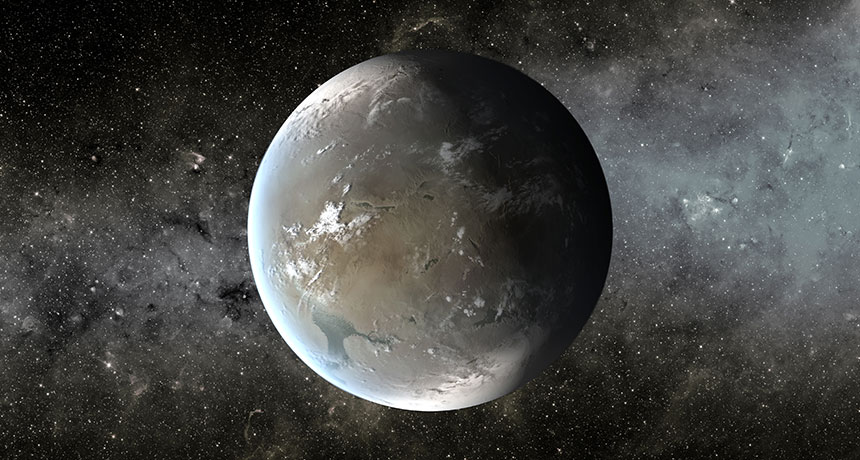
JUMBO-SIZE PLANET Big rocky super-Earths such as Kepler-62f, shown in this illustration, probably don’t have active plate tectonics, new research suggests.
JPL-Caltech, Ames/NASA

JUMBO-SIZE PLANET Big rocky super-Earths such as Kepler-62f, shown in this illustration, probably don’t have active plate tectonics, new research suggests.
JPL-Caltech, Ames/NASA